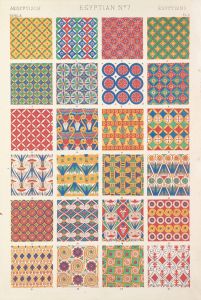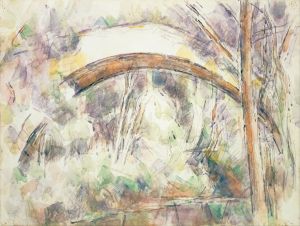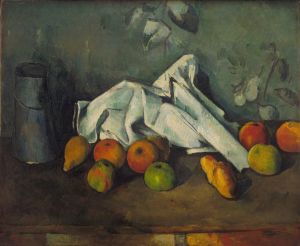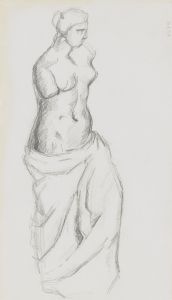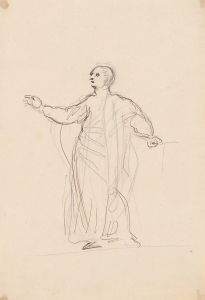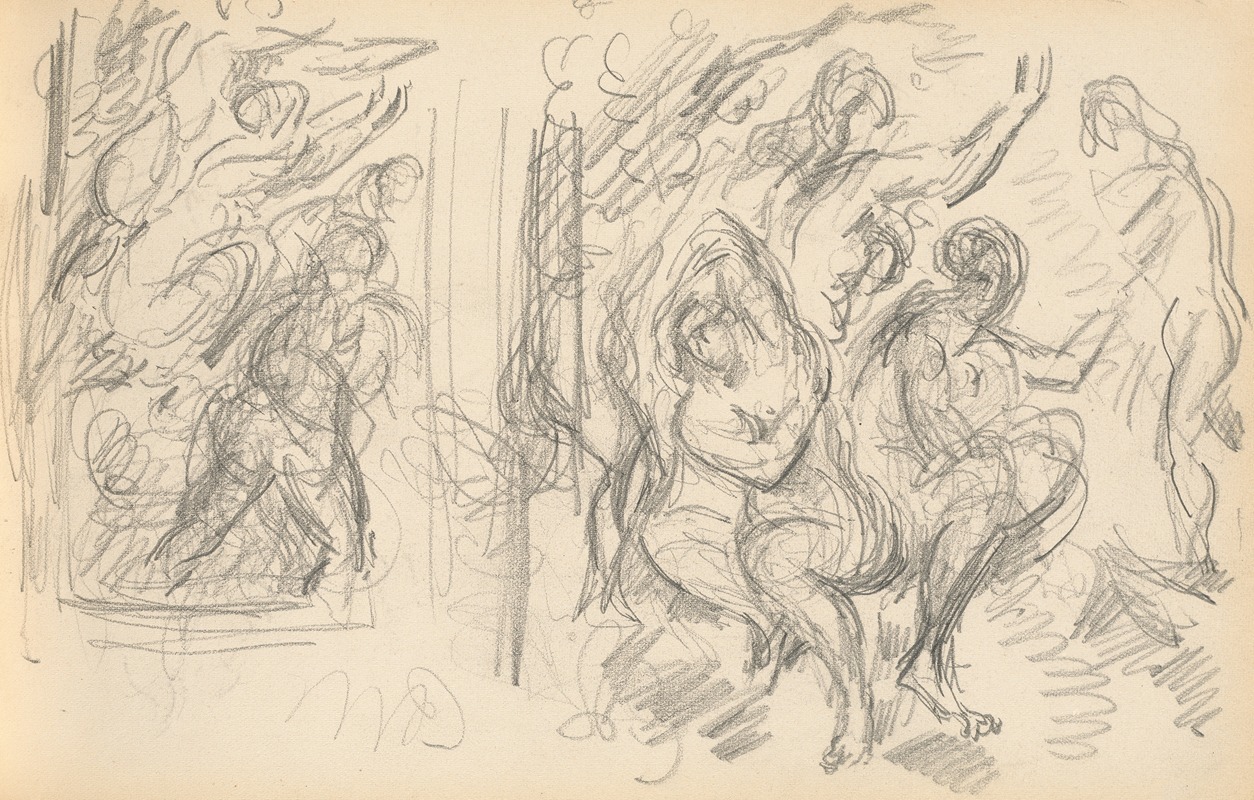
Two Studies for ‘The Judgement of Paris’ or ‘The Amorous Shepherd’
A hand-painted replica of Paul Cézanne’s masterpiece Two Studies for ‘The Judgement of Paris’ or ‘The Amorous Shepherd’, meticulously crafted by professional artists to capture the true essence of the original. Each piece is created with museum-quality canvas and rare mineral pigments, carefully painted by experienced artists with delicate brushstrokes and rich, layered colors to perfectly recreate the texture of the original artwork. Unlike machine-printed reproductions, this hand-painted version brings the painting to life, infused with the artist’s emotions and skill in every stroke. Whether for personal collection or home decoration, it instantly elevates the artistic atmosphere of any space.
Paul Cézanne, a pivotal figure in the transition from 19th-century Impressionism to 20th-century Cubism, is renowned for his distinctive approach to form and color. Among his extensive body of work, "Two Studies for ‘The Judgement of Paris’ or ‘The Amorous Shepherd’" stands out as an intriguing example of his exploration of classical themes through a modern lens.
Cézanne was born in Aix-en-Provence, France, in 1839, and his work is often characterized by a profound interest in the underlying structures of nature and the human form. Throughout his career, Cézanne sought to capture the essence of his subjects through a methodical and analytical approach to painting. This particular work, "Two Studies for ‘The Judgement of Paris’ or ‘The Amorous Shepherd’," reflects his fascination with classical mythology and pastoral themes, which were common subjects in the art of the time.
The painting is a study, meaning it was likely a preparatory work for a larger composition that Cézanne may have intended to complete. Studies were often used by artists to experiment with composition, form, and color before committing to a final piece. In this work, Cézanne revisits the mythological story of the Judgement of Paris, a popular subject in Western art that tells the tale of Paris, a Trojan prince, who is asked to judge the fairest among the goddesses Hera, Athena, and Aphrodite. Alternatively, the title suggests a connection to "The Amorous Shepherd," which could imply a pastoral scene involving shepherds, a theme that also appears in Cézanne's oeuvre.
Cézanne's approach to this study is indicative of his broader artistic goals. He was less concerned with the narrative details of mythological stories and more interested in how these themes could be expressed through form and color. His brushwork in this study is likely to be loose and expressive, a hallmark of his style that influenced later generations of artists. The use of color would have been carefully considered, as Cézanne was known for his ability to convey depth and volume through subtle shifts in hue and tone.
While specific details about the composition and execution of "Two Studies for ‘The Judgement of Paris’ or ‘The Amorous Shepherd’" are limited, the work fits within Cézanne's broader exploration of classical subjects. His reinterpretation of these themes through a modern perspective helped lay the groundwork for future movements in art, particularly Cubism, which would further deconstruct traditional forms and perspectives.
Cézanne's influence on modern art cannot be overstated. Artists such as Pablo Picasso and Henri Matisse regarded him as a master, often citing his innovative approach to form and color as a significant influence on their own work. "Two Studies for ‘The Judgement of Paris’ or ‘The Amorous Shepherd’" exemplifies Cézanne's ability to bridge the gap between the classical and the modern, offering a glimpse into his process and the evolution of his artistic vision.






